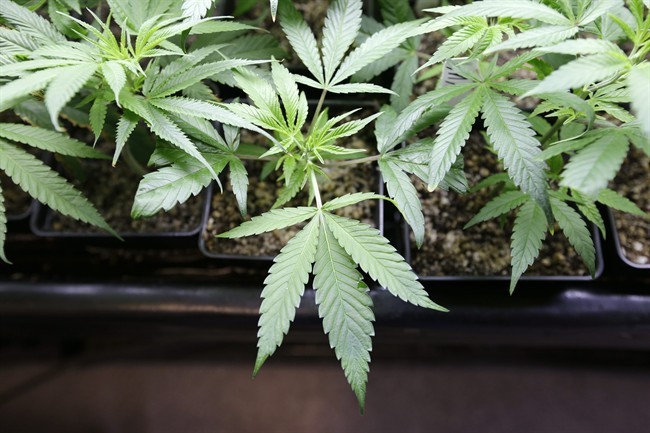TORONTO – The relaxation of cannabis laws in Colorado has caused a surge in the number of young children accidentally eating marijuana-laced foods, according to a new study.

Published in Monday’s JAMA Pediatrics, the study compared the number of young children being treated at the ER at the Children’s Hospital Colorado for ingesting marijuana before and after Colorado’s drug laws were modified in 2009 for medicinal marijuana users.
“We need to educate marijuana users, the community and medical professionals about the potential dangers,” said George Wang, lead author of the study and clinical instructor in pediatrics at Children’s Hospital Colorado and the University Of Colorado School Of Medicine.
In 2009, the use of marijuana for medicinal purposes was approved, and in 2012, Colorado’s Governor John Hickenlooper signed Amendment 64 into state constitution making the drug legal for recreational use for adults 21 and over.
The study evaluated 1,378 patients under age 12 for unintentional ingestions—790 before Sept. 30, 2009 and 588 after Oct. 1, 2009. The number of children treated for exposure to marijuana before Sept. 30 was zero. The number from October 1 and on was 14, with eight of those coming directly from consuming marijuana food products.
Wang said that some marijuana infused candy bars, for example, contain 300 milligrams of THC—the active ingredient in the drug. According to Wang, marijuana-infused products have become popular for patients who do not wish or are unable to smoke the marijuana.
The study found that children who ingested the drug showed various symptoms, including respiratory problems, extreme sleepiness, difficulty in walking and lethargy.
- Invasive strep: ‘Don’t wait’ to seek care, N.S. woman warns on long road to recovery
- Canadian man dies during Texas Ironman event. His widow wants answers as to why
- ‘Super lice’ are becoming more resistant to chemical shampoos. What to use instead
- ‘Sciatica was gone’: hospital performs robot-assisted spinal surgery in Canadian first
“Before the marijuana boom these kinds of edibles were not mass-produced and the amount of THC ingested was somewhat limited, but now we are seeing much higher strength marijuana,” Wang said.
“The key to this is prevention through child resistant packaging.”
On Wednesday, Governor Hickenlooper is set to sign a series of bills to regulate and tax legal marijuana, which will dictate how it should be grown, packaged and sold.
Michael Kosnett, a medical toxicologist and associate clinical professor at the University of Colorado School of Medicine, recently testified before a state advisory panel recommending child resistant packaging for marijuana edibles.
“We know that children will act quickly to ingest even unpalatable items like household cleaners, pills and capsules,” said Kosnett in a press release. “The allure of these marijuana edibles which taste and look like simple sweets makes them especially risky.”
Child resistant packaging first began with baby aspirin in the 1940s. Several studies have shown child resistant packaging has resulted in a 40 to 95 per cent decline in pediatric poisonings from oral medications and hazardous household chemicals.




Comments